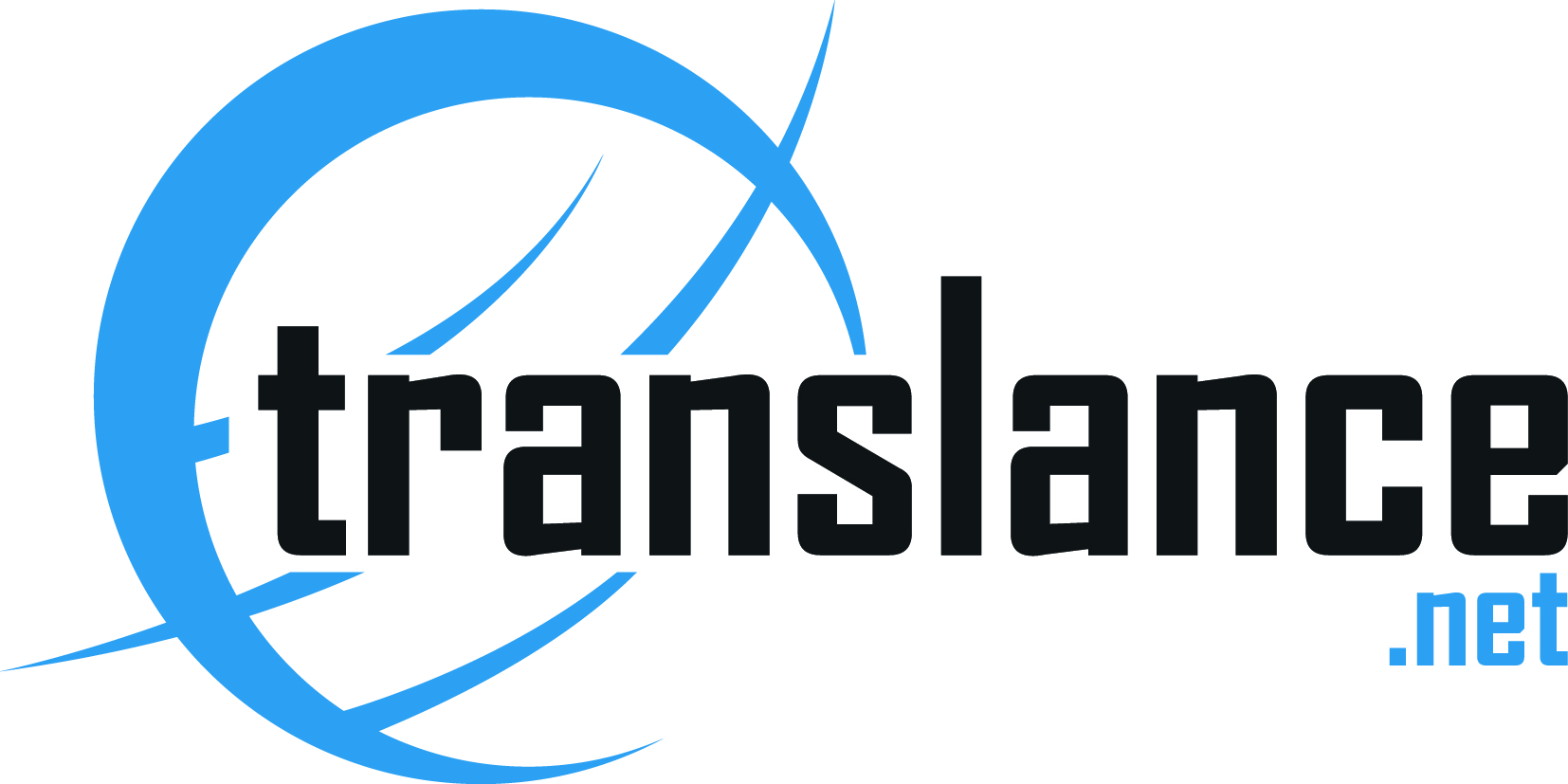Telecommuting, remote work, telework, or teleworking are the terms which are used for a working condition in which employees do not have to commute between their work and home. To this end, teleworkers need to use a variety of electronic instruments like mobiles, Wi-Fi equipped laptop or tablets, or smartphones in order to work from their home. Reuters states that: "one in five workers around the globe, particularly employees in the Middle East, Latin America and Asia, telecommute frequently and nearly 10 percent work from home every day.” Since the late 1970s, when microcomputers and modems became available to the general public, the dream of working remotely became more complete. Jack M. Nilles, who was named in various books as "the father of telecommuting/teleworking" was the first to formally investigate this concept.
The TELEWORK 2010 report, endorsed by Cisco's Intel Corporation, examined the results of a survey about the status of telework between government employees and private sector employees in the Federal government. According to the report, the degree of satisfaction with telework in the public sector was 91 percent and in the private sector was 95 percent. The report added that there were 71 percent reduction in air pollution, 69 percent increase in productivity, 76 percent increase in quality of life, 70 percent saving in money, and 84 percent saving in time.
The common feature in teleworks is a “technology-assisted work conducted outside of a centrally located work space”. In other words, it is free from the traditional offices which needed starting and finishing works at specific times, every day. Telework has four characteristics: a) work location: no limitation, far from the specified office; b) using information and communication technologies; c) time distribution: the employee can work at any time during the day; d) different employment relationships from contracts to full-time works.
In 1995, the motto that "Work is something we DO, not a place that we GO" was the sign of telework. Telework has many benefits which has attracted some businesses, governments and not-for-profit organizations.
For instance, reducing costs through not working in an office, valuing the employees’ life through having more time to spend with the family, decreasing commuting time and traffic jam, and reducing air pollution though not using cars on the roads. In addition, saving money for the companies, workers greater freedom, workers’ more productivity, and happier workers can be enumerated as the advantages of teleworks. However, there are some drawbacks as well. This type of work needs employees who are very self-motivated since they can be distracted simply.
Furthermore, a home office needs to be considered for such a work. Balancing these positive and negative points need to be taken in to account in evaluating such works. The kind of jobs which can be conducted through telecommuting are industries-related jobs (e.g., sales, customer service, and marketing), technology-related jobs (e.g., computer and software programming), and medical-related jobs (e.g., health claims analysts or some radiologists). In today's advanced world, telework is one of the most modern ways of working and is rapidly expanding with the development of information and communication technology and the deployment of many features, including high-speed and low-cost Internet.
 English
English Persian
Persian

